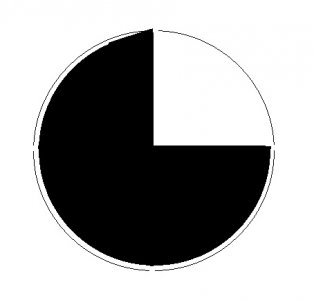- Joined
- Apr 23, 2018
- Messages
- 6,550
If you don't mind me continuing to post in your thread, I managed to find a way to cut a quartered single flute (I think). I'll heat treat this W2 blank countersink and give it a shot grinding with the setup as shown. If this works, I can grind all of the other surfaces of the tool to finished size... and make 20 more to cover the included angles that I am missing.





 What steel are you making these out of?
What steel are you making these out of?